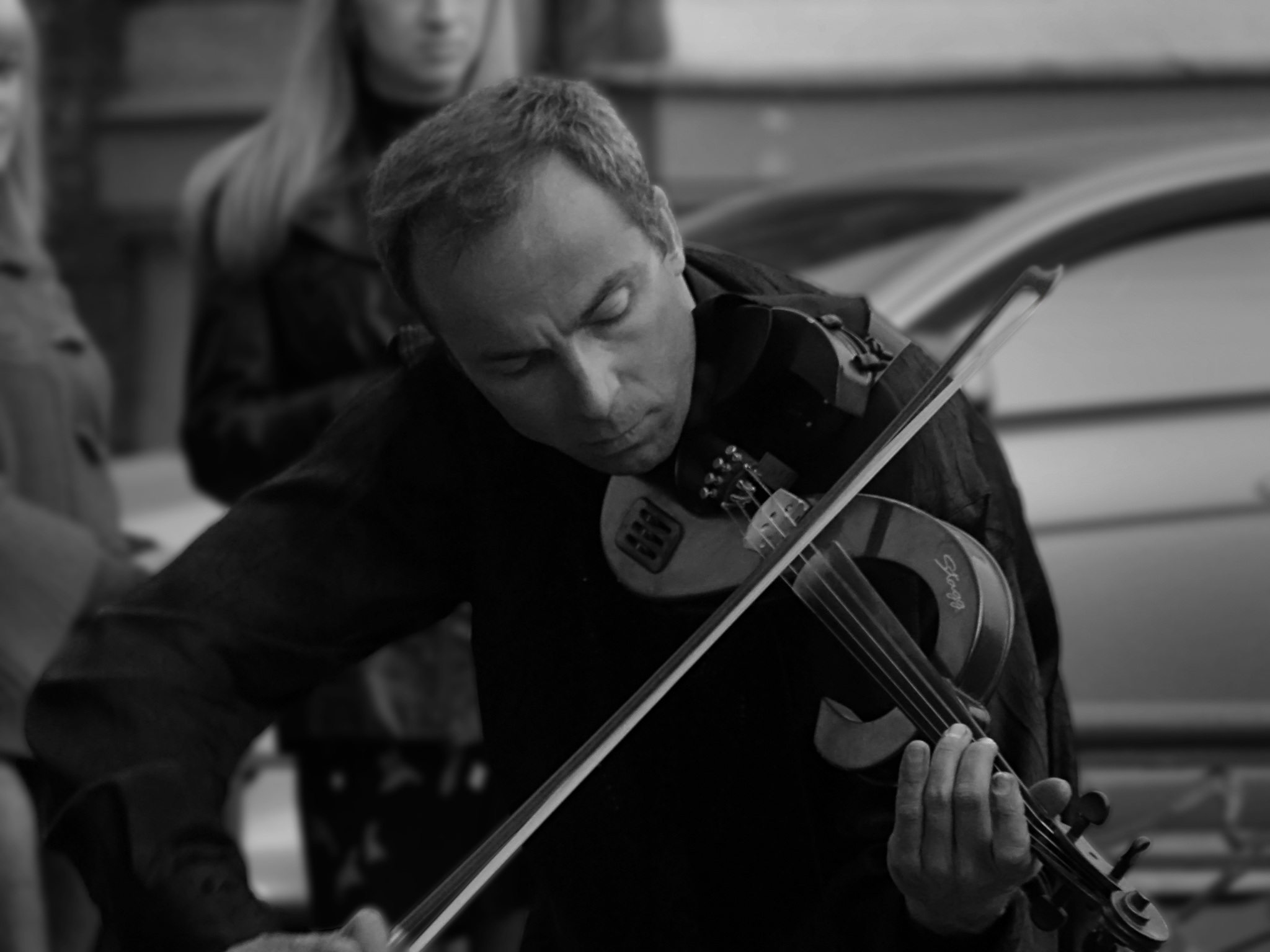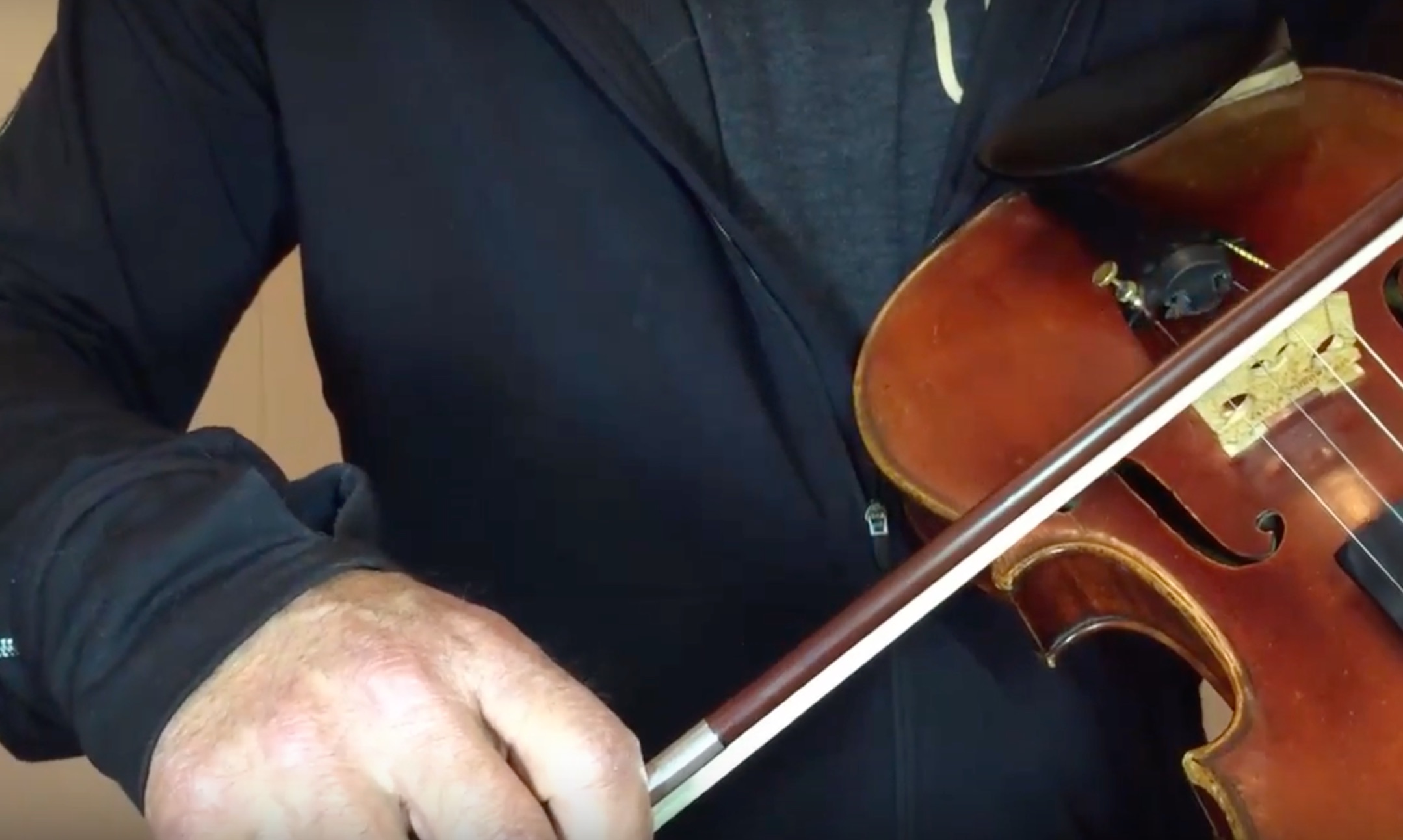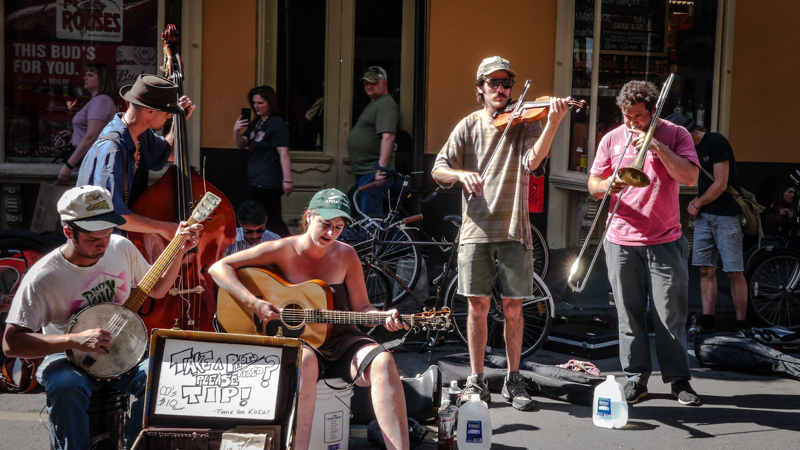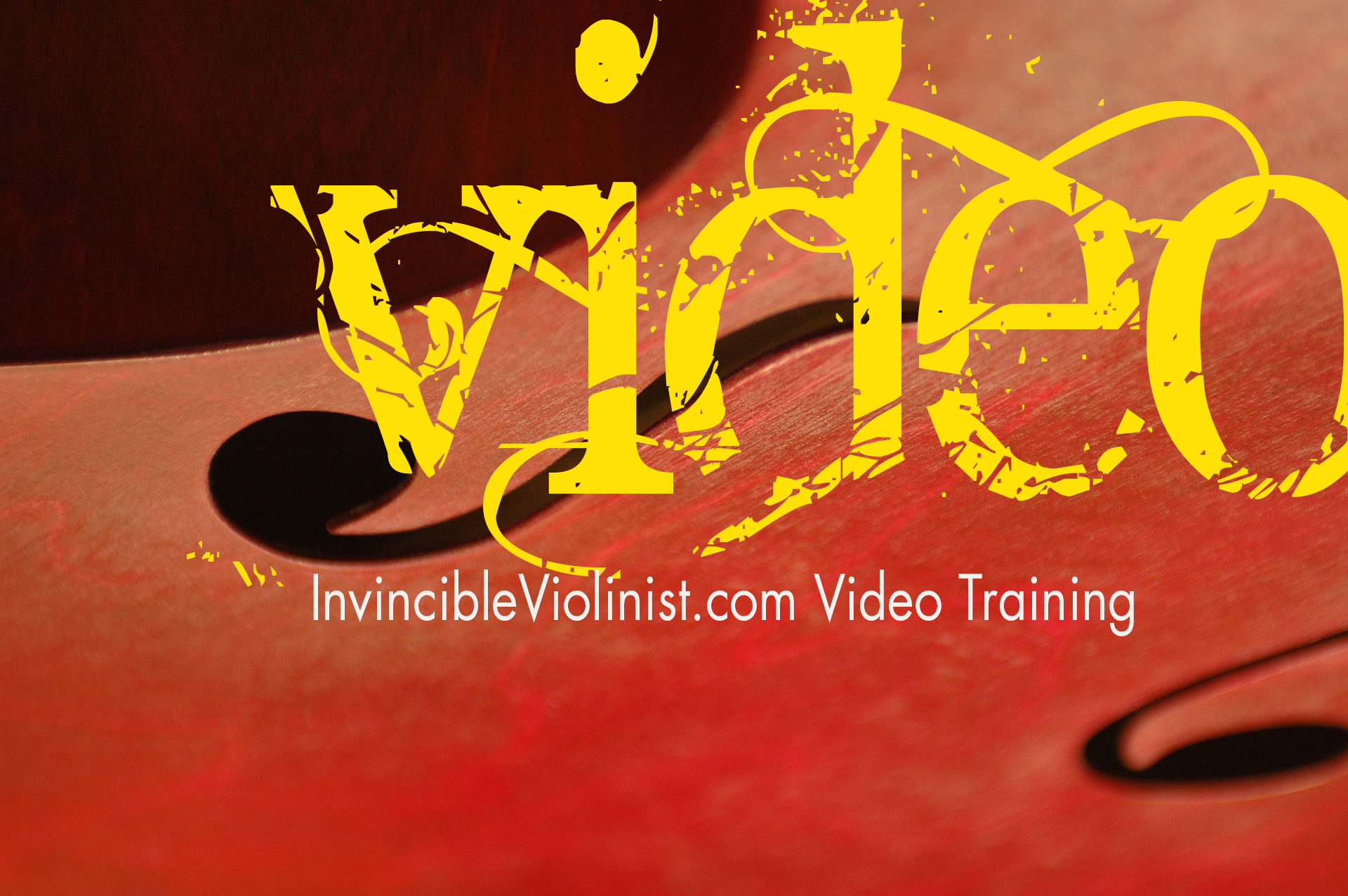Psychologist and Buddhist teacher Tara Brach has me nailed.
Perhaps you too?
Tara talks about the “over controller” in all of us.
It’s that misguided part of our inner being that works overtime to help keep us safe, but in the end puts us in more peril.
For me its the feeling of being driven. It’s an endless quest to fix some part of me that’s “not OK.”
When it happens, I’m never exactly sure what’s broken; it’s a stressful, dull feeling that’s hard to shake.
The over-controller is endemic in aspiring musicians. It’s a deadly virus that can kill your violin practice!
I once thought that a healthy dose of perfectionism was actually good for my practice. What a myth!
When you practice under the spell of the over controller, you’re working in a tunnel vision universe. Creativity and resourcefulness (what you need most) are nowhere to be found.
So your practice becomes dull and lifeless.
Your best practice happens when (and only when) you bring your best self to your violin.
That’s why I write and teach. It’s our lifelong journey as aspiring musicians and fulfilled human beings.
Free Class: Live Online Violin Instruction by Bill Alpert
Your best self and your best practice is the core topic of my June 24 live, online session of Power Up Your Violin Practice. It’s a free class; to sign up just click here.
Last, but not least: Are you ready for some honest, yet supportive feedback on your practicing habits? I’m seeking a few more readers who’d like to send in a video and be featured as part of my upcoming online sessions.
If you’d like to send a video, drop me a quick note (bill@thealpertstudio.com) and I’ll send you the simple instructions. I promise it will be fun and easy to participate, and you’ll be glad you did!
May your violin practice be joyful and liberating!
—Bill Alpert
P.S. My next online live class is Saturday, June 24, at 10:30 a.m. PDT (Los Angeles).
Register here! (complimentary registration for my readers). See you at the class!



